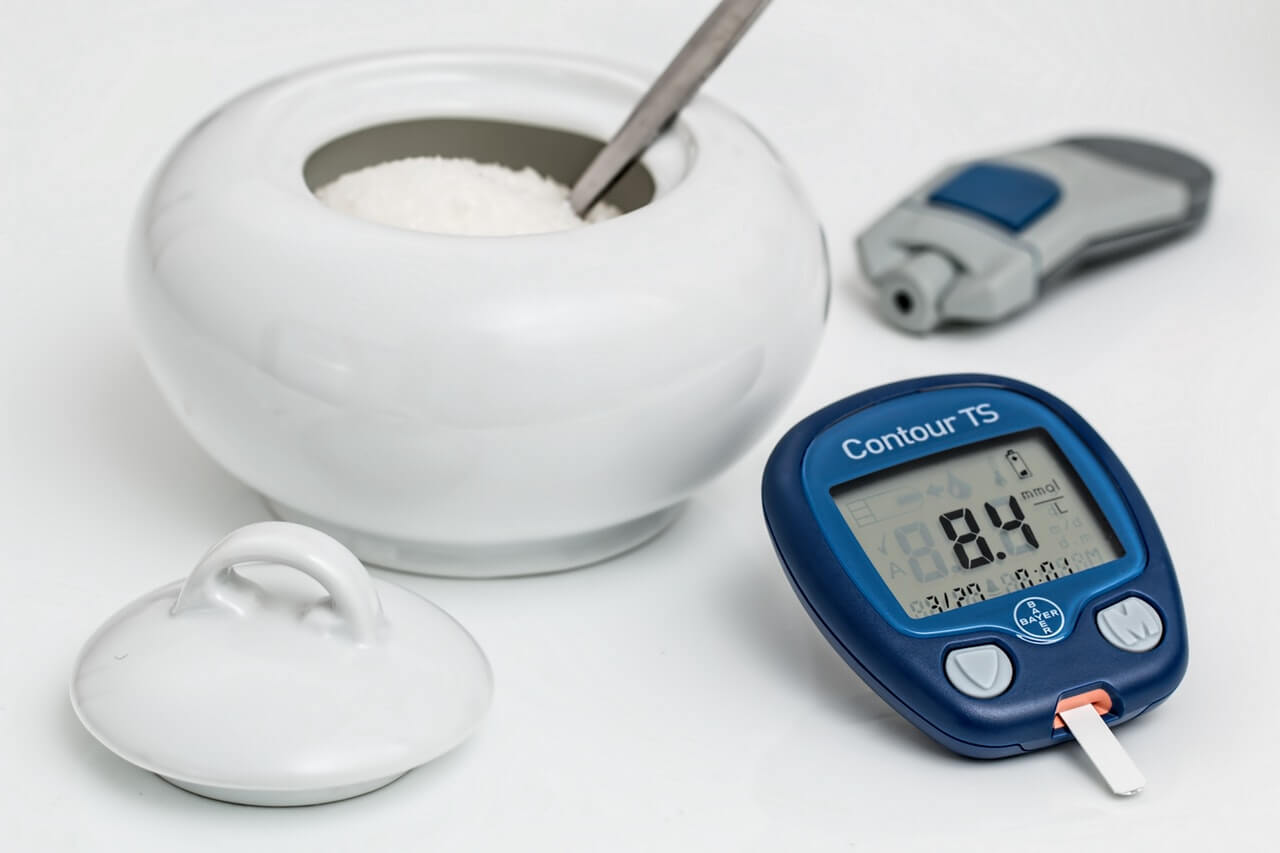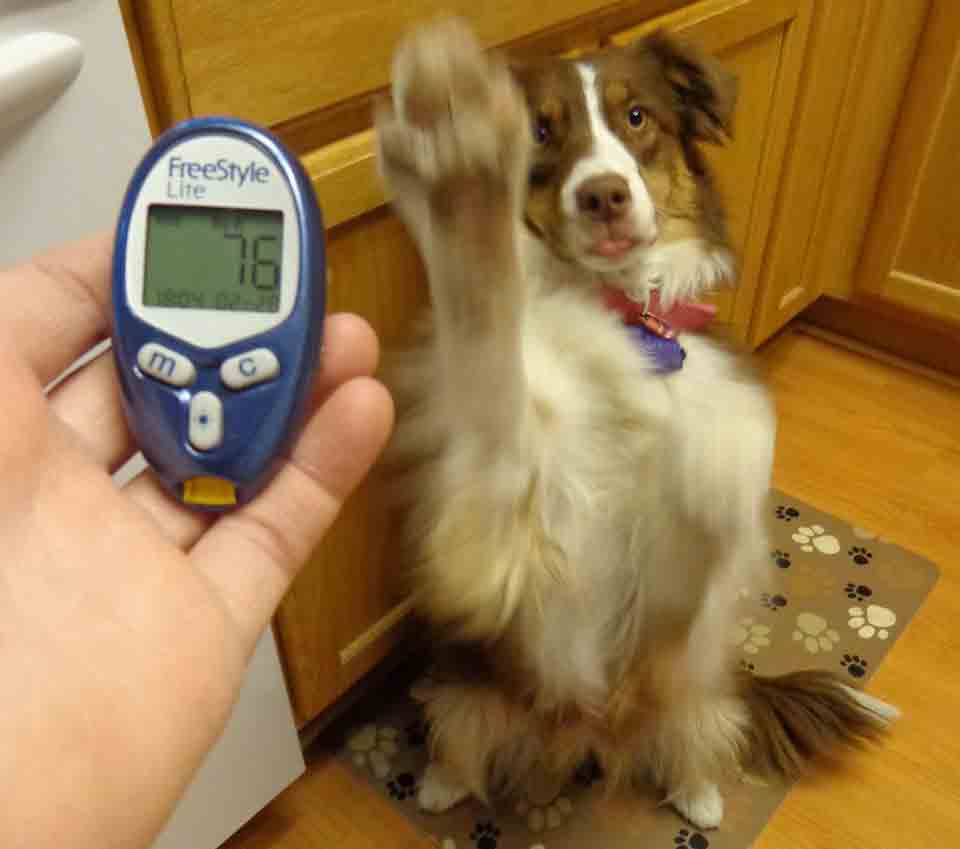2020-03-01

Normally, people may be aware of the symptoms of low blood sugar, such as dizziness and sweating in a state of hunger that can be restored after meals or taking glucose. This condition, medically termed hypoglycemia, is common but dangerous for type 1 diabetics. Patients do not experience the symptoms that most people have, even when blood sugar levels drop to a very low level. If the condition is not recognized and you do not receive treatment, seizures or coma may occur. One of the convenient solutions is our best friend: a diabetic service dog— a sensitive nose that can replace the medical diagnosis.
Dogs have a high sense of smell and hearing, which is why they have always been excellent hunters. This outstanding sense of smell is an advantage of working dogs such as service dogs and rescue dogs. The dog trainers use this ability to train the dogs to detect a specific smell. The dogs trained to detect changes in the chemistry of diabetics are called diabetic alert dogs. They will alert the person or caregiver as soon as they smell the fruity smell (a sign of a hypoglycemic episode), or the unique hypoglycemic scent, when the blood sugar level is too low.
Diabetic service dogs are not only trained to detect blood sugar changes, but also perform other activities to alert their owner about the changes.
Diabetic service dogs respond in different ways 15 to 30 minutes before the onset of high blood sugar or low blood sugar. Examples include:
• Touching the owner with its paw
• Touching the owner with its nose
• A special signal like holding a particular toy in the mouth
• Sitting in front of the owner or staring at him or growling
Diabetic service dogs also offer practical help in addition to notifying the owner about physical changes. It involves:
• Bringing the owner the medication or test machine or other needed items.
• Asking other family members or strangers if the owner falls into a coma or need other help
• Carry a cell phone (for help)
• In case of emergency, dial 911 by using a special device
• Get along with the owner to the hospitals or rehabilitation centers

A diabetic alert dog is a kind of service dog, so special training is essential. Some professional organizations are eligible to offer service dog-training programs. They train dogs to detect certain diseases, such as cancer, by smelling physical changes. Diabetes is a disease with a special odor that can be recognized by a well-trained dog, because a special fruity scent is released while the blood sugar level is low or high. The organizations or trainers train diabetic alert dogs to make this capability possible. However, due to the high cost of either buying a diabetic service dog or having it trained in an organization, more and more people prefer to find a reliable trainer or train the house dog themselves. In the next part, you will find some tips on how to train a diabetic service dog at home.
1. First, choose a dog breed. If you do not have a pet dog, you could choose from the usual service dog breeds such as:
• Labrador retrievers
• Poodles
• Mixed sporting dog breeds
In addition to the dog breed, the temperament and personality of the dog are important criterions. Make sure your dog is trainable and well behaved.
2. After choosing a dog, you can start obedience training (such as basic commands and leash training) with it and then continue with special training. The special training refers to the particular tasks for diabetics.
• The first phase is for your dog to recognize smells. So that the dog can recognize the smell exactly, it is better to collect socks or saliva samples as soon as your or a diabetic patient’s blood sugar reading is low or high. To keep the odor fresh, you can put the sample in the freezer, even though it does not sound clean. First, you could trick the dog into smelling an odor and then giving it high-quality rewards or treats that can create its appeal to that smell.
• The second phase is to detect and locate the odor. After recognizing the special smell, you can hide the sample somewhere and then encourage it to it. Once it has successfully found the sample, you can offer it an attractive reward.
• The last phase is to perform its trained behavior on you. This is a practical step to get your dog to be aware of your blood sugar changes by performing a special behavior. It is advisable to use an obvious object such as a stick as a sign between you and the dog. Once he smells the odor, you could offer a stick as a reward. Gradually it will hold the stick in its mouth when it smells the odor on your body.
If your dog has learned this skill, you could give it more advanced training such as how to bring medication or call for help.
Diabetic Service Dogs are the most effective diabetic partners, as they assist their owner at home and in public as much time as possible. However, while in public places, Diabetes Service Dog sometimes gets defensive. All this is to say that there are people out there acting in bad faith to take advantage of the credibility of service dogs. Therefore, it’s not a bad idea for people with diabetes service dogs to take a copy of your dog’s certification, which reclaims the honor of service dogs for diabetes.